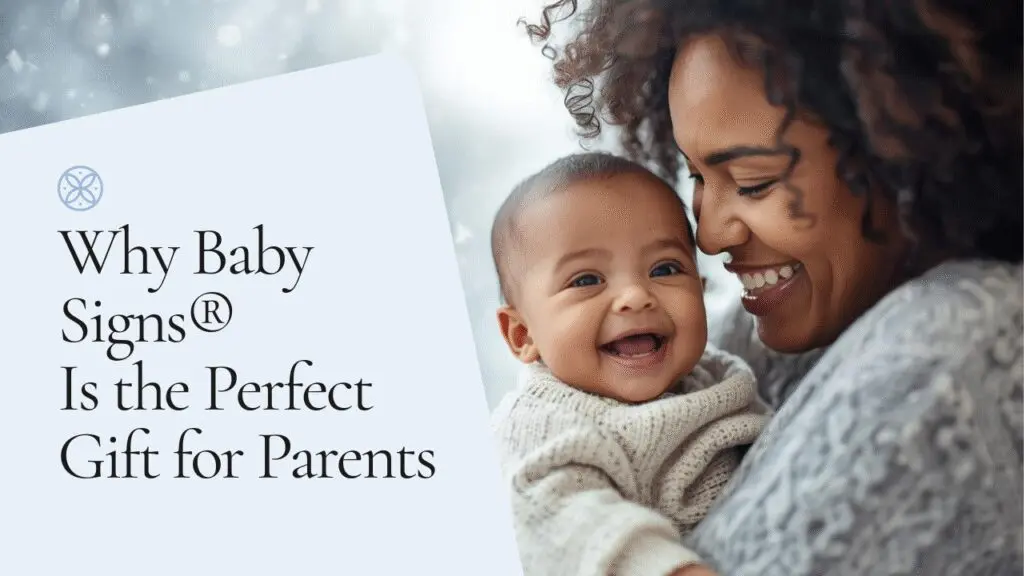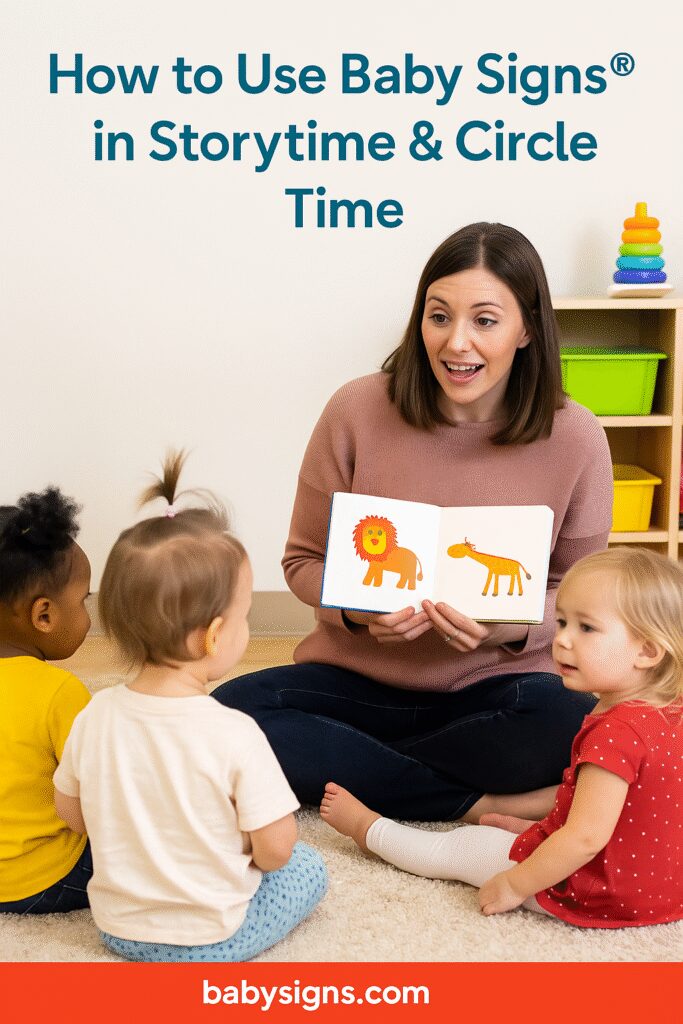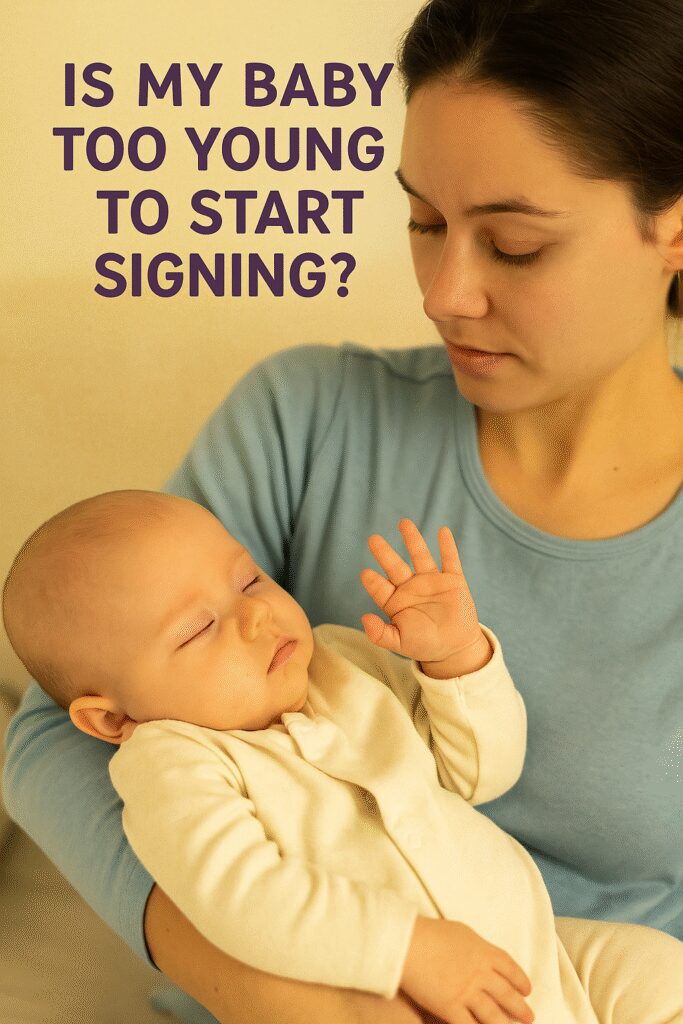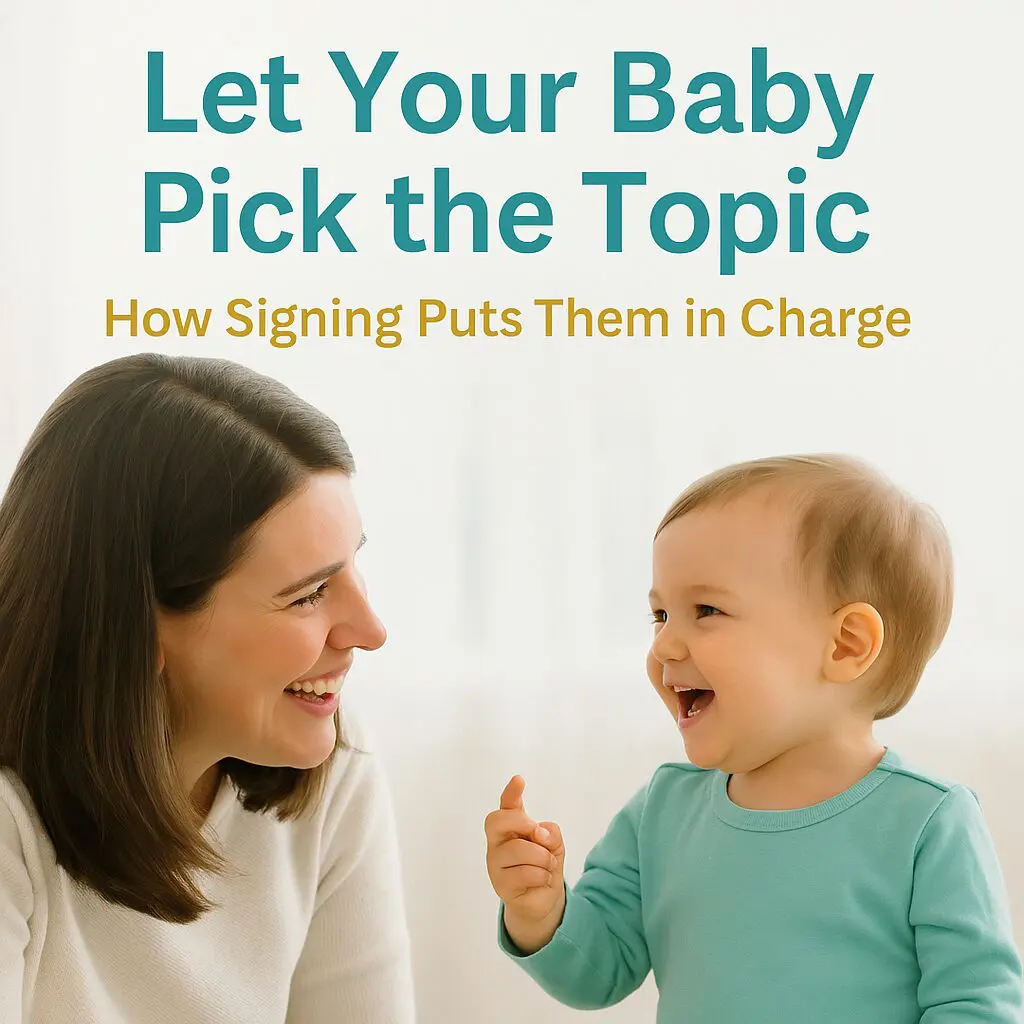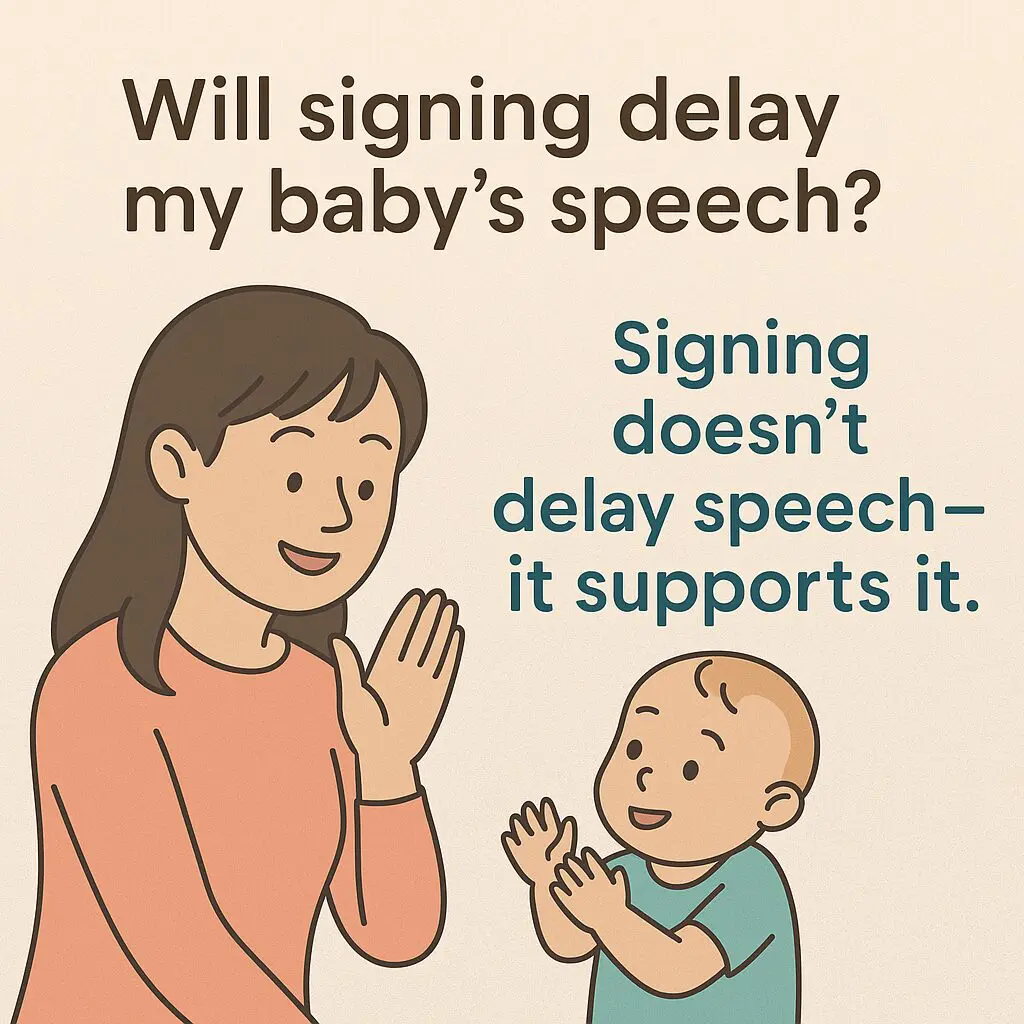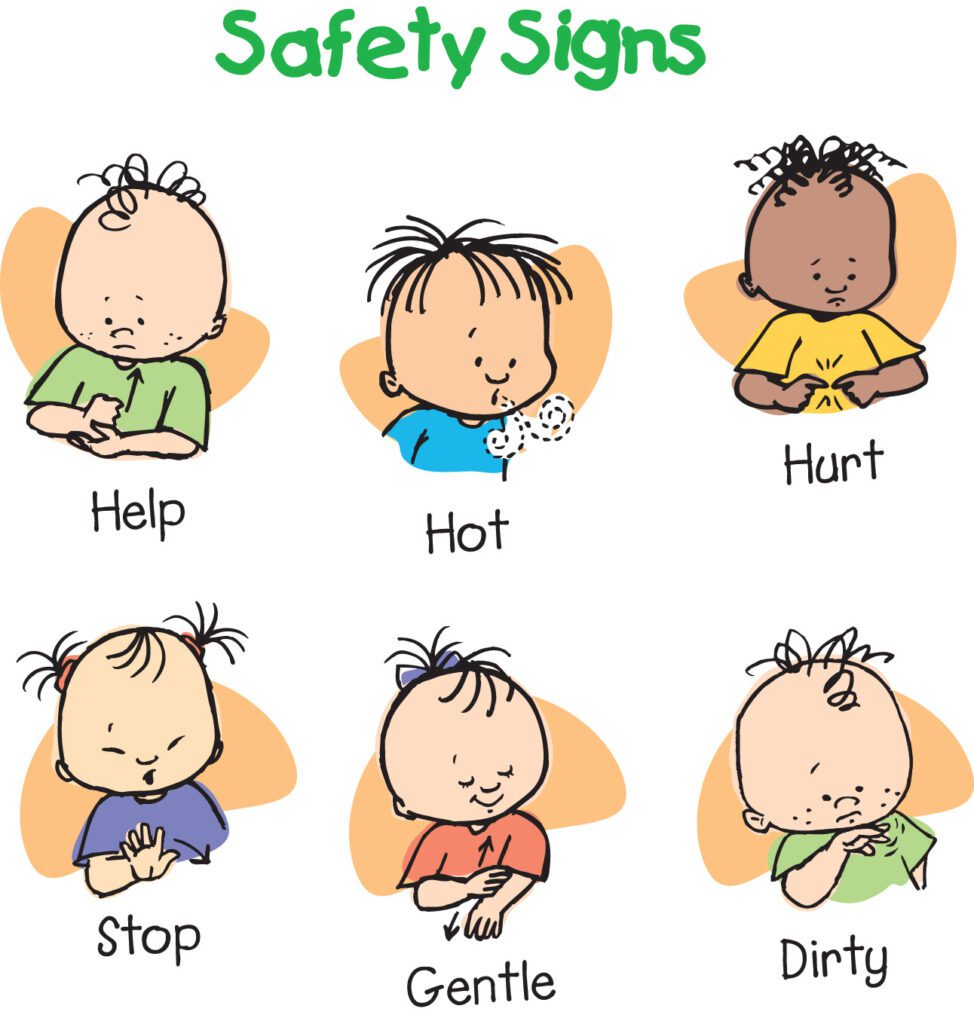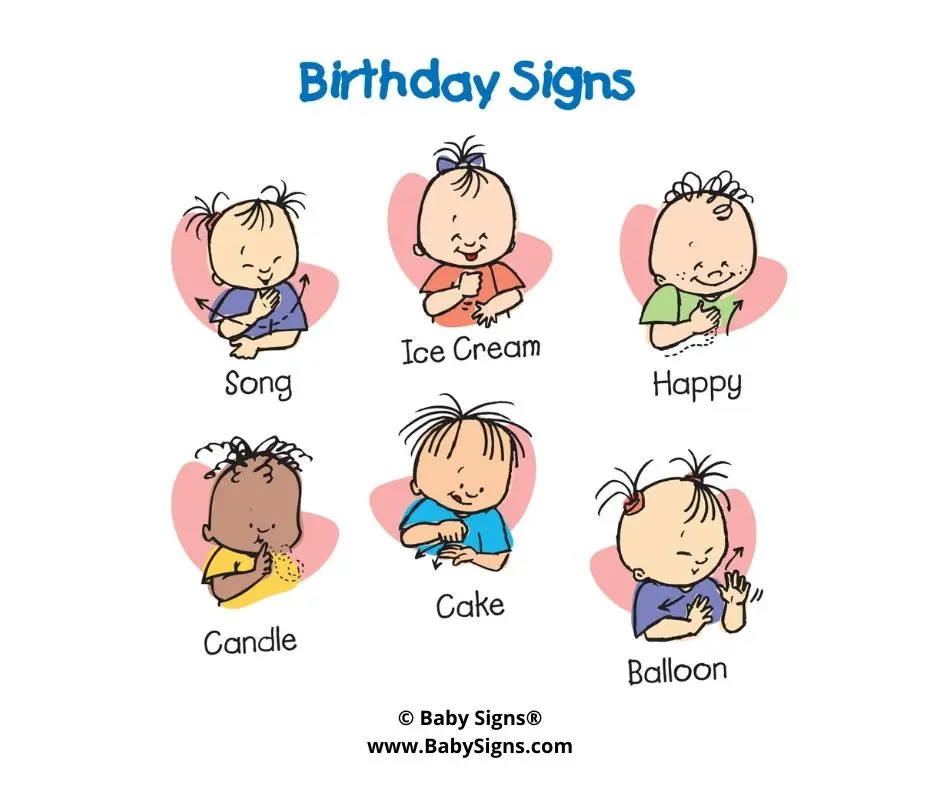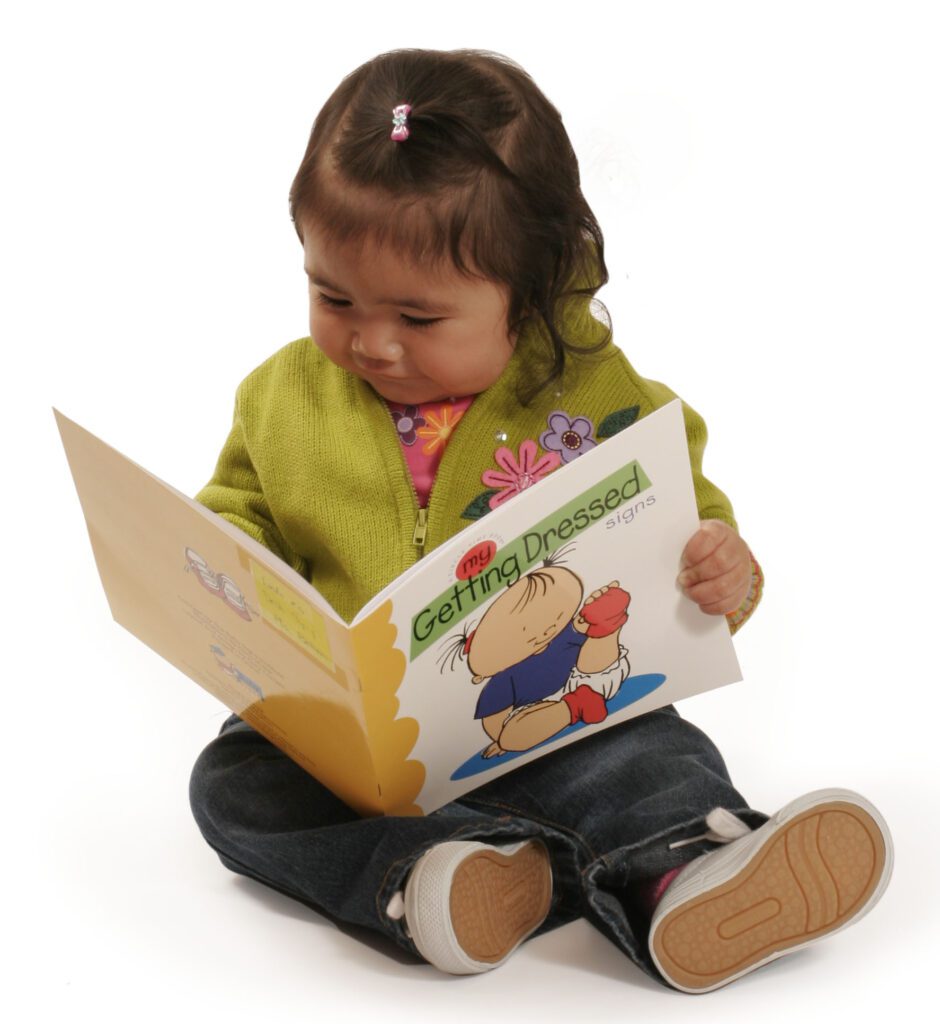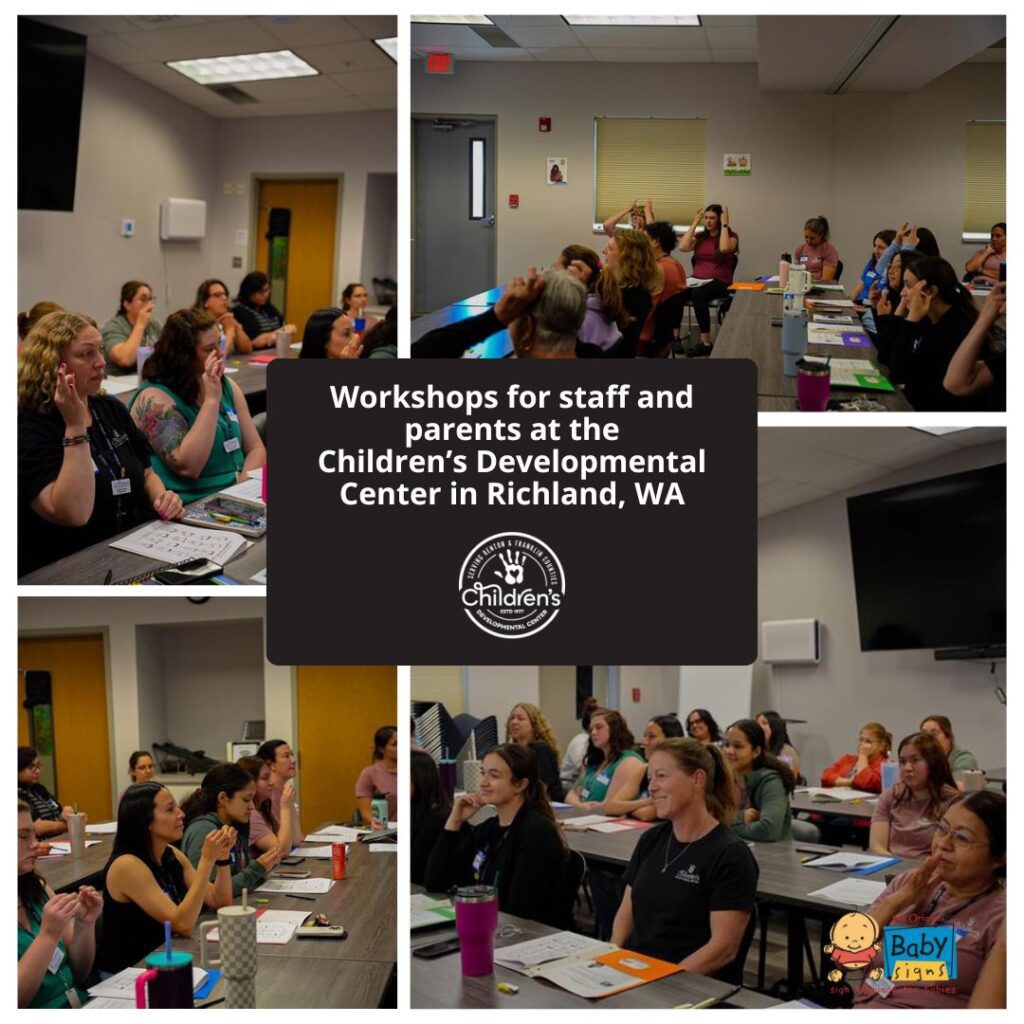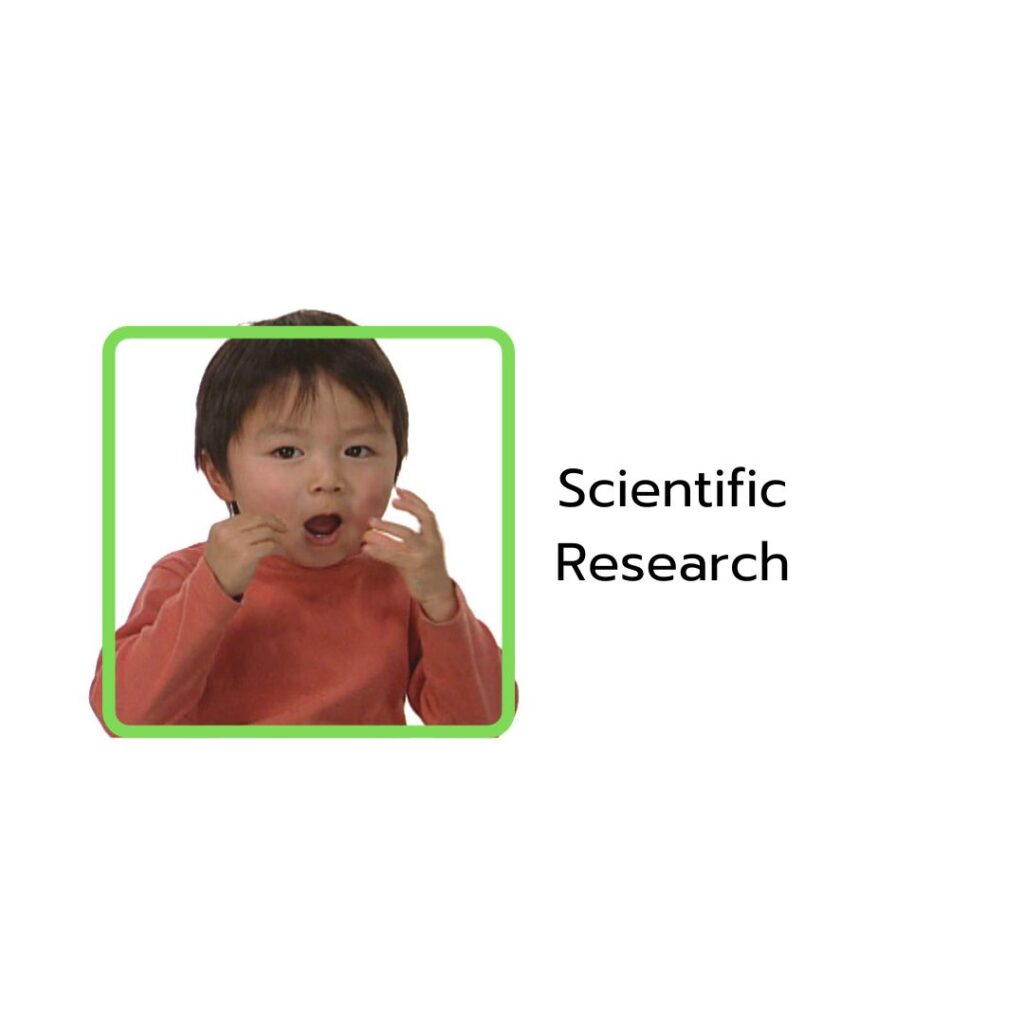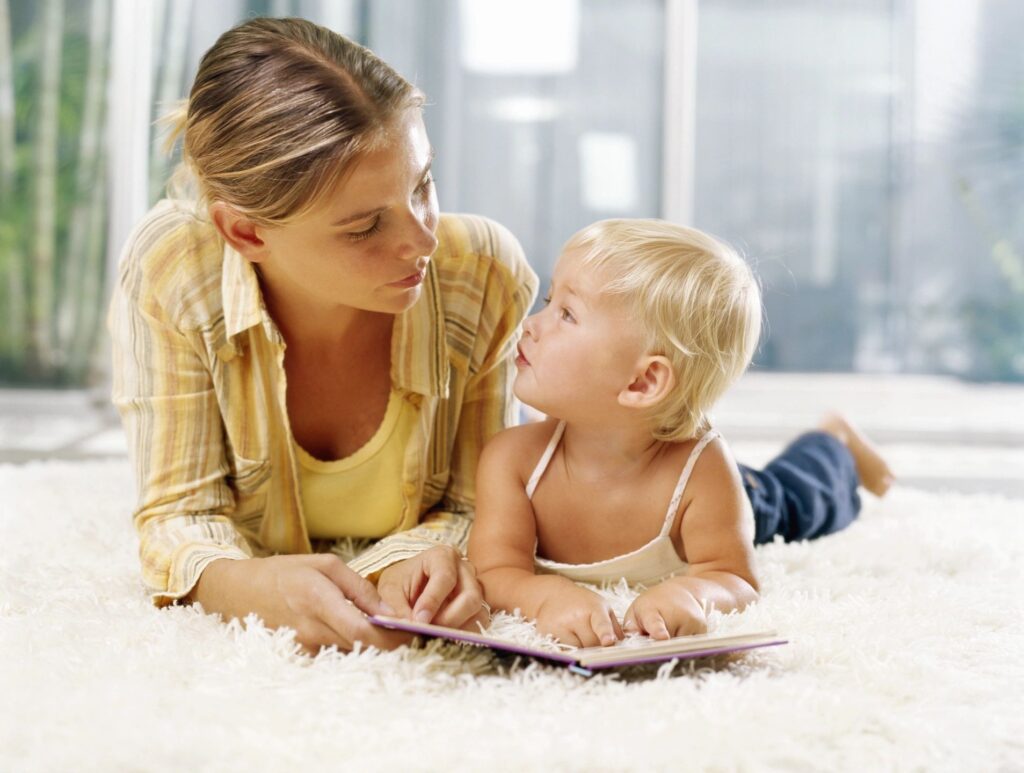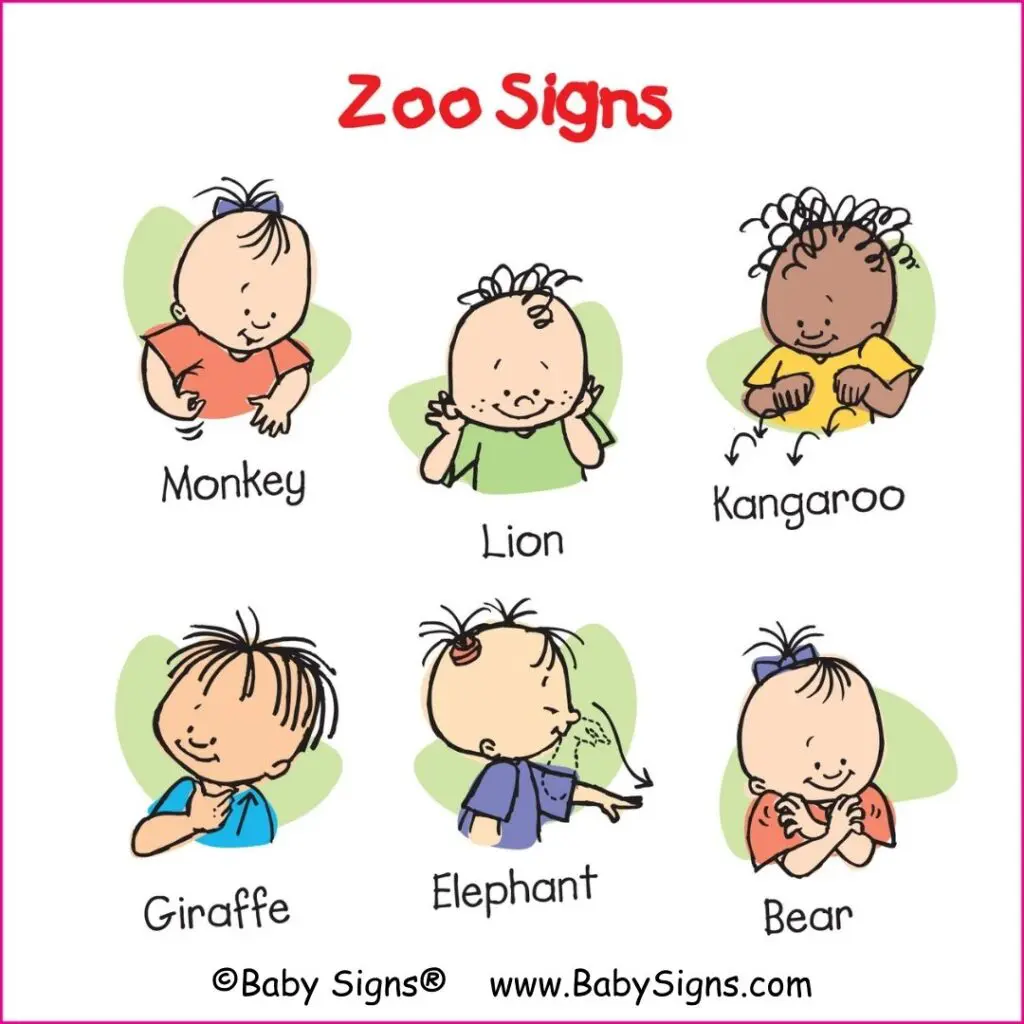Language Development
Winter-Themed Communication: Baby Signs® for the Season
As the weather turns colder and days get shorter, families find themselves navigating new routines, new environments, and—sometimes—new challenges. Winter brings big feelings for little ones: excitement, sensory overload, chilly transitions, bundling up, and more time indoors. It’s a perfect season to lean into early communication. The Baby Signs® Program gives babies and toddlers simple,…
Read MoreWhy the Baby Signs® Program Is the Perfect Gift for New Parents This Season
Choosing the perfect gift for new parents can feel overwhelming—especially when you want to give something meaningful, useful, and long-lasting. This season, thousands of families around the world are turning to the Baby Signs® Program, and it’s easy to see why. Instead of clothes babies outgrow or toys that get forgotten, Baby Signs® offers something…
Read MoreThe Power of Connection: How Baby Signs® Builds Bonds That Last
Every parent dreams of truly understanding their baby. But when your little one cries, points, or reaches without words, it can feel like guesswork. That’s where the power of connection through Baby Signs® comes in. By using simple, research-based signs, parents and caregivers give babies a way to express themselves long before speech begins—creating less…
Read MoreHow to Use Baby Signs® in Storytime & Circle Time
Build Language, Connection & Engagement Through Signing Looking for a simple way to make storytime and circle time more interactive, inclusive, and engaging? Add signs! 🙌 Using Baby Signs® during storytime or circle time boosts early literacy, language development, attention span, and participation—even among the youngest learners. Signing while reading or singing makes communication visual,…
Read MoreIs My Baby Too Young to Start Signing?
Why Sooner Might Be Better Than You Think As a new parent, you might be wondering:”When should I start signing with my baby?””Is it too soon if they’re only a few months old?” The short answer? No—it’s not too soon.In fact, starting early sets the stage for smoother communication and stronger connections from day one.…
Read MoreLet Your Baby Pick the Topic: How Signing Puts Them in Charge
One of the most exciting things about baby sign language is watching babies take the lead in communication. Instead of simply reacting to adult questions or instructions, signing babies have a way to initiate interactions. They get to pick the topic. And that makes a big difference. Originally shared on the Baby Signs® blog in…
Read MoreMythbusting: Will Signing Delay My Baby’s Speech?
One of the most common questions we hear from parents considering baby sign language is: “If I teach my baby to sign, will it delay their speech?” It’s an understandable concern—and it’s also one of the biggest myths about baby signing. The truth?🖐️ Signing does not delay speech. In fact, it often supports and accelerates…
Read MoreEnhancing Communication and Safety with Baby Signs®
Celebrating National Baby Safety Month with the Baby Signs® Program Welcoming a new baby into your life is an exhilarating experience—full of joy, wonder, and a strong desire to keep your little one safe. As parents and caregivers, ensuring your baby’s well-being is always a top priority. Every September, National Baby Safety Month reminds us…
Read MoreCelebrate Your Baby’s Birthday—With Signs!
Your baby’s birthday is more than a milestone—it’s a celebration of everything they’ve learned, discovered, and become in their first year (or two, or three!). And what better way to mark the occasion than by using signs your baby already understands and loves? Whether it’s their first “cake” or the thrill of a big balloon,…
Read MoreBaby Sign Language and Books: A Wonderful Partnership
As most of you know by now, Dr. Susan Goodwyn and I discovered through our federally funded research that signing actually speeds up rather than slows down the process of learning to talk. There are a number of reasons why. The one I’m going to focus on here is the fact that signing makes book-reading…
Read MoreSupporting Early Communication in Richland, WA: A Look Inside Our Baby Signs® Workshops
Last week, we had the privilege of facilitating two Baby Signs® workshops at the Children’s Developmental Center in Richland, Washington—one for professionals and one for families. Both were part of our mission to bring the powerful, research-based benefits of early communication to children and caregivers alike. The first session was a Baby Signs® Workshop for Professionals,…
Read MoreCelebrating Passover with the Baby Signs® Program
Help Your Little One Connect to Tradition Through Simple Signs Passover is a meaningful time for families as they gather to retell the story of freedom, enjoy symbolic foods, and share in generations-old traditions. Whether it’s your child’s first Seder or they’ve already experienced a few, incorporating infant sign language can make the holiday more…
Read MoreThe Science Behind the Baby Signs® Program
How Simple Signs Can Supercharge Language, Bonding, and Learning For over two decades, child development experts Dr. Linda Acredolo and Dr. Susan Goodwyn studied how simple gestures—now widely known as the Baby Signs® Program—can dramatically impact infants’ early communication, emotional development, and intellectual growth. Their extensive research, funded by the National Institutes of Health (NIH)…
Read MoreEnhancing Early Intervention with the Baby Signs® Program
Working one-on-one with babies and toddlers—whether as a speech-language pathologist, parent educator, early interventionist, or parent coach, —presents a special opportunity to shape children’s language, social-emotional, and cognitive development. By integrating the Baby Signs® Program into your professional practice, you can strengthen parent-child connections, reduce frustration, and support early communication skills. Below, we’ll explore why…
Read MoreHow Creative Signing by Toddlers Transforms Everyday Moments
Bonita and crew were visiting the National Zoo in Washington, DC. Julia was enchanted by all the animals and eager to use her many animal signs to label them—monkey, lion, bear, bird, zebra, elephant, and giraffe to name just a few. But then they came to a grasslands enclosure that featured something new to her:…
Read More

